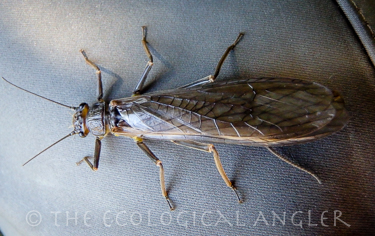Deschutes River (Warm Springs to Trout Creek)
The Deschutes River starts in the Cascade Lakes area of Oregon southeast of Bend. Coming off the high desert of Central Oregon, the Deschutes cuts a deeper and deeper canyon as it erodes the layers of the Columbia Plateau basalt rock. It generally flowing in a northward direction until it merges with the Columbia River just east of The Dalles.
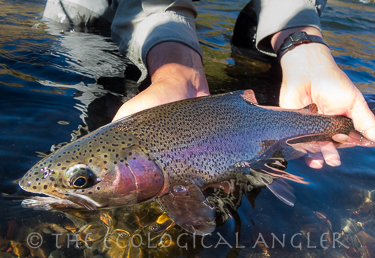
In the last hundred or so miles from Pelton Dam to it's confluence with the Columbia, the lower Deschutes is a big, powerful river. The rugged, two thousand feet high canyon walls, lack of paved roads give the lower section a remote feel. That said, on an average weekend during the peak of the steelhead season, the Deschutes can seem like an urban fishery.
What draws the large crowds? According to Mark Bachmann, The Deschutes is a singular rarity in that it supports a prolific endemic wild trout population as well as the best floating line steelhead fishery in the lower 48.
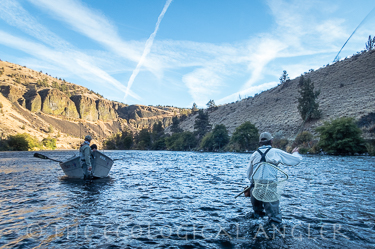
The major ingredient to the Deschutes' healthy trout population - a rich biomass (read - BUGS). The Deschutes has a pH level of eight which makes it one of the most profilic insect generators you can imagine, Bachmann points out. It's a bug factory. Based on a detailed survey conducted by Oregon Department of Fish & Wildlife in 2014, stoneflies provide the largest portion of the trout's diet in the Deschutes River.
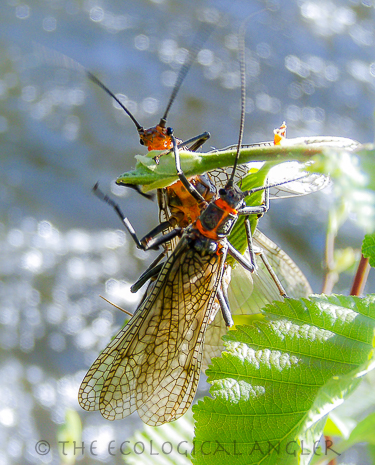
Immature aquatic insects were the most common food item determined from 60 redband trout stomach samples. Plecoptera (stonefly) nymphs were the most consumed by weight and constituted 165.1 mg (78%) of the total 210.5 mg of stomach contents. Others included Ephemeroptera (mayfly) at 5.1 mg and Tricoptera (caddis fly) at 6.2 mg. Other items worth noting were Decapoda (crayfish) and Cottus sp. (sculpin) which comprised 29.08 mg of the 34.08 mg within the other food item category and 14% of the total weight.
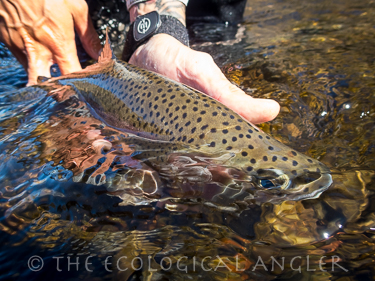
The native trout of the Deschutes happen to be a unique subspecies of rainbow generally called "redbands." They grow fairly large for redbands with adult fish ranging from 12 to 24 inches. Making a living in the strong currents of the lower Deschutes gives these redband broad shoulders and a bit of attitude when fooled by a fly. If you hook into a Deschutes redband, don't be surprized if it goes into your backing. You'll instantly think big steelhead! But then the fight subdues, and you net the fish. Don't feel bad. A 16 inch trout just put the wood to you is all.
